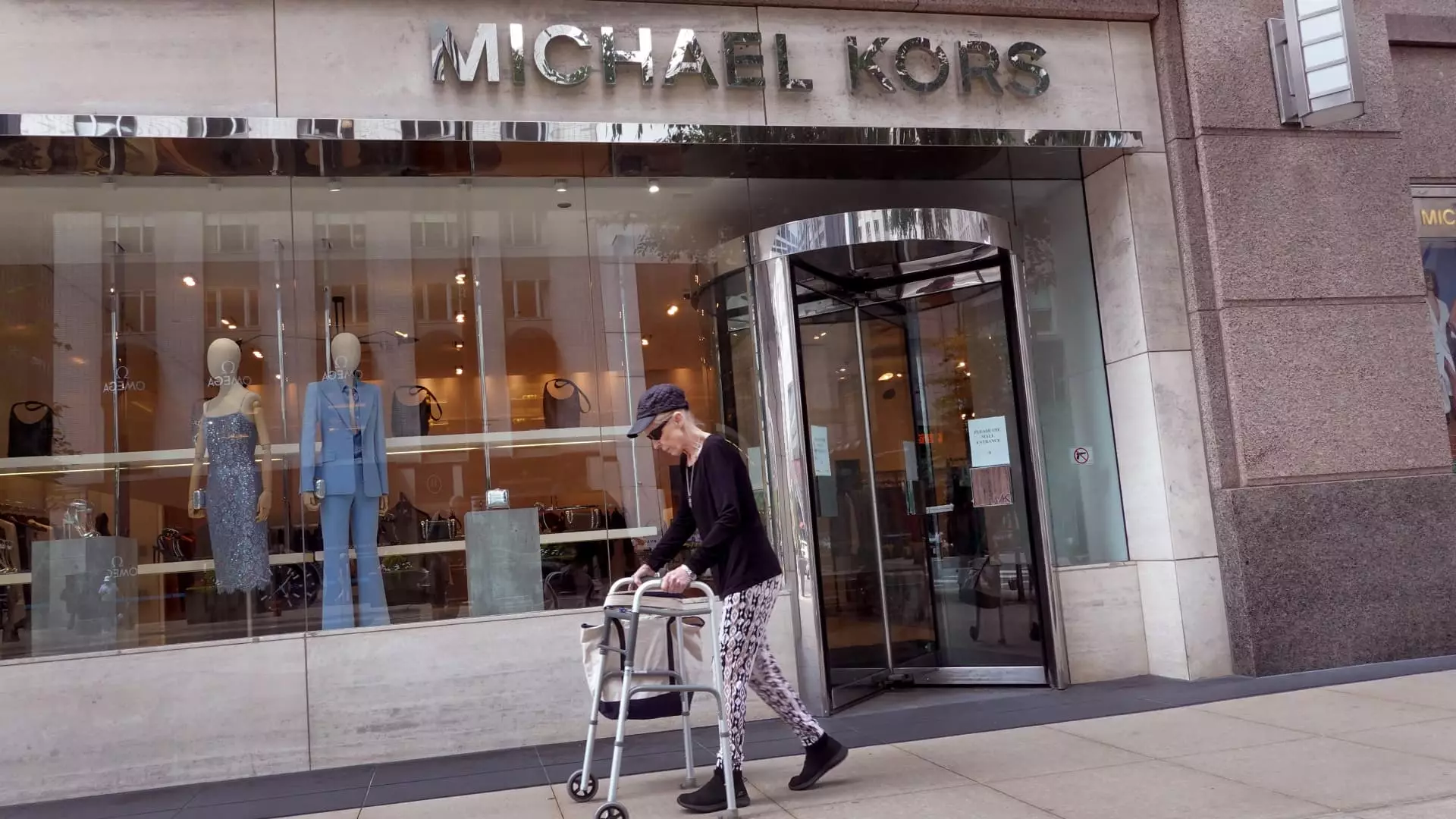The Failed Merger of Capri and Tapestry: Implications and Future Strategies

In a surprising turn of events, Capri Holdings Limited and Tapestry, Inc. announced the termination of their highly anticipated merger on Thursday. The decision came in light of the Federal Trade Commission’s successfully instigated lawsuit aimed at blocking the $8.5 billion deal. Both luxury brands acknowledged that it was in their mutual best interest to forgo the merger, particularly as regulatory approval was unlikely before the agreement’s expiration in February.
Originally announced in August 2023, the merger would have created an unprecedented entity in the American luxury market, combining household names from both Capri and Tapestry. The proposed union included Tapestry’s established brands, such as Coach, Kate Spade, and Stuart Weitzman, alongside Capri’s iconic luxury players, including Versace, Jimmy Choo, and Michael Kors. The magnitude of this merger underscored a significant consolidation within the luxury fashion sector, igniting hopes of enhanced competitiveness in an increasingly globalized market.
However, the merger faced significant scrutiny from the FTC, which argued that the consolidation would disadvantage both consumers and employees. This skepticism was further solidified by a federal judge’s ruling that favored the FTC, leading to a preliminary injunction that effectively halted the merger proceedings.
After the dissolution of the merger agreement, Capri CEO John Idol expressed a commitment to focusing on the unique potential of Capri’s luxury houses. He reiterated confidence in Capri’s long-term growth trajectory, signaling a determination to navigate the company’s path forward independently. Tapestry’s CEO Joanne Crevoiserat echoed this sentiment, stating that the brand would explore multiple avenues for growth without the need for an acquisition. Her statement suggests an eagerness to pivot toward organic expansion, leveraging a strong first quarter as a foundation for future strategies.
In terms of financial maneuvers, Tapestry plans to allocate the resources that would have been tied up in the merger towards a $2 billion stock repurchase program. The decision to reimburse Capri for approximately $45 million in expenses further indicates Tapestry’s desire to maintain a positive relationship with its former merger partner, despite the failed negotiations.
The stock market swiftly reacted to the merger termination. In the immediate aftermath, Capri’s shares saw a dramatic decline of around 50%, illustrating investor skepticism regarding the brand’s capability to stand independently in a competitive luxury market. Conversely, Tapestry experienced a modest gain, with shares increasing by about 10% following the announcement. This dichotomy in market responses illustrates the contrasting perceptions of investor confidence in each brand’s future viability.
With the merger negotiations now behind them, both companies are tasked with reassessing their growth strategies. Capri, in particular, faces significant challenges given the decline in sales of its key brand, Michael Kors. In light of this, the company plans to engage analysts in discussions about its strategies to rejuvenate this flagship brand.
Idol’s declaration regarding ongoing initiatives to enhance brand desirability signifies a proactive approach. Capri aims to invigorate its brand portfolio through focused marketing, innovative product offerings, and an enriched omni-channel consumer experience. By enhancing consumer engagement and refining its brand proposition, Capri hopes to redirect its trajectory back towards growth.
Tapestry also finds itself at a crossroads, as it seeks to capitalize on the momentum generated from its successful first quarter. By directing capital into organic growth opportunities, Tapestry is poised to foster a corporate environment that hinges on innovation and market responsiveness.
The termination of the merger between Capri and Tapestry serves as a potent reminder of the ever-evolving dynamics within the luxury market and the paramount significance of regulatory oversight. Both brands are now navigating uncharted waters, tasked with rejuvenating their market positions through strategic initiatives and innovative branding. While the path ahead may present challenges, both companies possess unique capabilities that can lead them to carve out distinctive successes in the luxury sector as they move forward independently.





